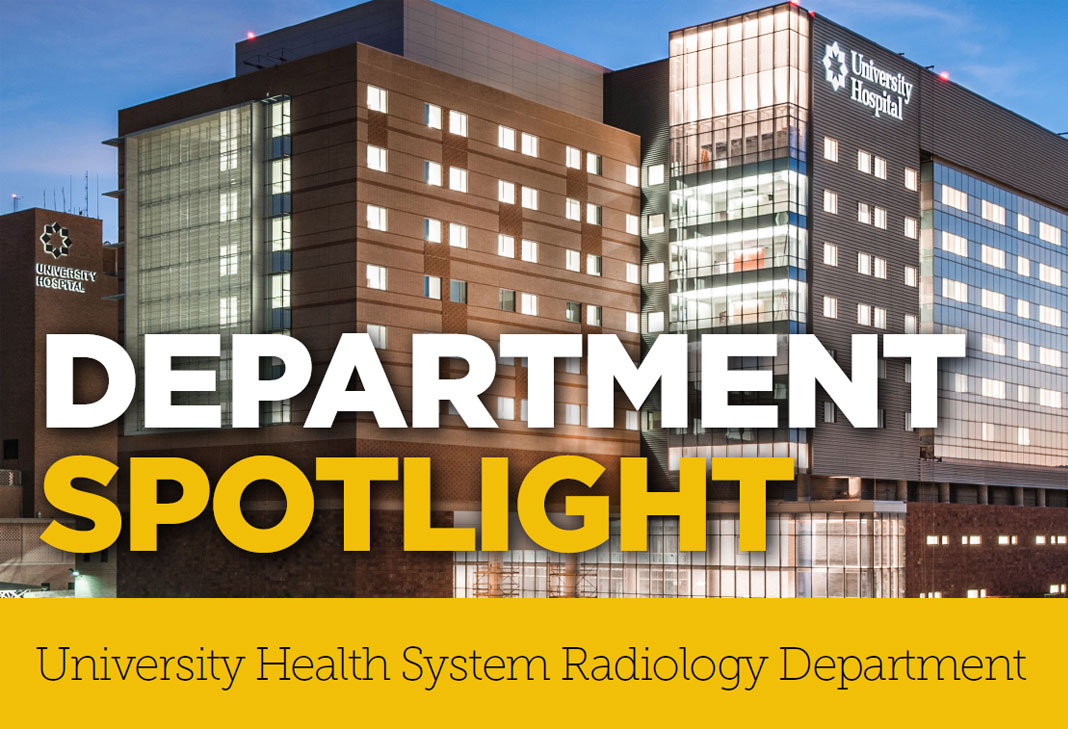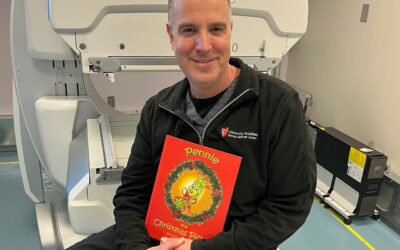Bexar County, in the south-central part of Texas, surrounds the city of San Antonio with Houston to the east and Mexico to the west. It is the fourth largest county in the state with a population approaching two million. Among the famous sites tourists flock to on a daily basis are the Alamo and the San Antonio Riverwalk.
One of the largest employers in the county is University Health System with more than 7,000 employees. The health system provides a broad array of health services through University Hospital, the Robert B. Green Campus, Medical Center Pavilion and numerous other facilities in and around the San Antonio area.
University Hospital is a Level 1 trauma center and provides specialized care to a 22-county area.
In 2014, the University Hospital completed a major expansion with the completion of the million-square-foot 10-story Sky Tower. The modern structure is environmentally friendly and offers several green spaces. It uses less energy than other buildings through the use of natural light.
The radiology department for this large health system is comprised of approximately 70 technologists, three supervisors, senior technologists and a chief technologist.
“Our department is open 24/7 with three shifts,” says Russell Anthony, quality control radiology supervisor. “I supervise the first shift of usually 17–20 technologists on duty, the second shift uses 10; third shift, seven to eight.”
“[The] first shift has all the appointments as well as inpatients and walk-in outpatients and several clinics, a trauma follow-up clinic, patients including fluoroscopy, the operating rooms – we have 40 total OR rooms – two radiology fixed rooms in the trauma clinic, three fixed X-ray rooms in the emergency center along with three portable machines,” Anthony says.
He says that the pediatric emergency room has a fixed X-ray room as well and the area is used for some adult exams when needed. They have additional portable X-ray units outside the Pediatric Cardiac Care Unit for quick response.
“The machine is always there and one outside the Neonatal Intensive Care Unit for the same reason. Then, we have two (Carestream) Revolution portables for plain images for the two floors that are the operating rooms post-surgery imaging,” Anthony adds.
The department also has portable X-ray machines in use for the Sky Tower inpatient and pediatric intensive care units; each floor has hallways that are 600 feet long covering ICU beds and ACU beds on six floors of the Sky Tower.
“The main area of routines also covers outpatient areas like advanced endoscopy, standard endoscopy, CT holding, bronchoscopy lab, cardiac cath lab and the Transplant Clinic. So, we have two portable X-rays for this and one backup machine in case all other machines are in use; so three total,” Anthony says.
The department has the capability to get static images of patients in wheelchairs and axillary imaging.
“Those special things you just can’t get without having a free imaging system, and to keep all things digital, allowing the removal of the old CR systems so our facility is 100 percent digital,” Anthony says.
Other imaging modalities that are used by the department include angiography cardiac cath, CT, MRI, ultrasound and nuclear medicine – which are all on the same floor in the main radiology area.
Training Future Radiology Technologists
With all of the imaging routines performed, the department still goes above and beyond in its role as a training center.
“We are a training hospital attached to the University of Texas Health Science Center in San Antonio, so we train doctors, nurses PAs, also doing research, as well as the CTRC, (Cancer Therapy Research Center), the MARC (Medical Arts and Research Center). We train radiologic technologists students as well, we are the main facility that St. Philips College radiology program students attend.
Anthony says that they are leaders in digital imaging for their part of the state.
“We grew with digital imaging in mind as the Sky Tower was being built. St. Philips College followed our lead and incorporated digital imaging into their curriculum as we did,” he says.
He says that most training is hands on.
“We have a yearly seminar that our technologists attend; the Annual Technologists Education Seminar, presented by the University Radiologic Technologists Group, where we bring in top doctors to provide us with the latest imaging requirements and usage as well as the improvements and advances in the technologies we now use on a regular basis,” Anthony says. The department helps problem solve by offering insightful ideas about the strategic locating of equipment.
“Our groups will discuss the machinery to be placed in certain areas of the hospital for the best and fastest response to patients [who] need X-ray exams such as the NICU and the PICU areas for children where we station portable machines so the technologists do not have to hunt for machines when exams are needed,” Anthony says.
To recognize the good work the department’s technologists have been doing, a project began to focus on those accomplishments.
“We did have a group project for employee recognition where a group would look at the technologists individually to determine what accomplishments they have done over the past year and recognize them for their outstanding work or contributions they brought to the department or the team on each shift,” Anthony says.
“Then, offer some compensation like an award or a small gift, to show our appreciation for the efforts made for that employee, who goes above and beyond with their contribution.”
For those patients in south-central Texas who are rushed to the hospital in an emergency, or those who simply need diagnostic imaging, the radiology professionals at University Health System are always ready with the latest technology.








